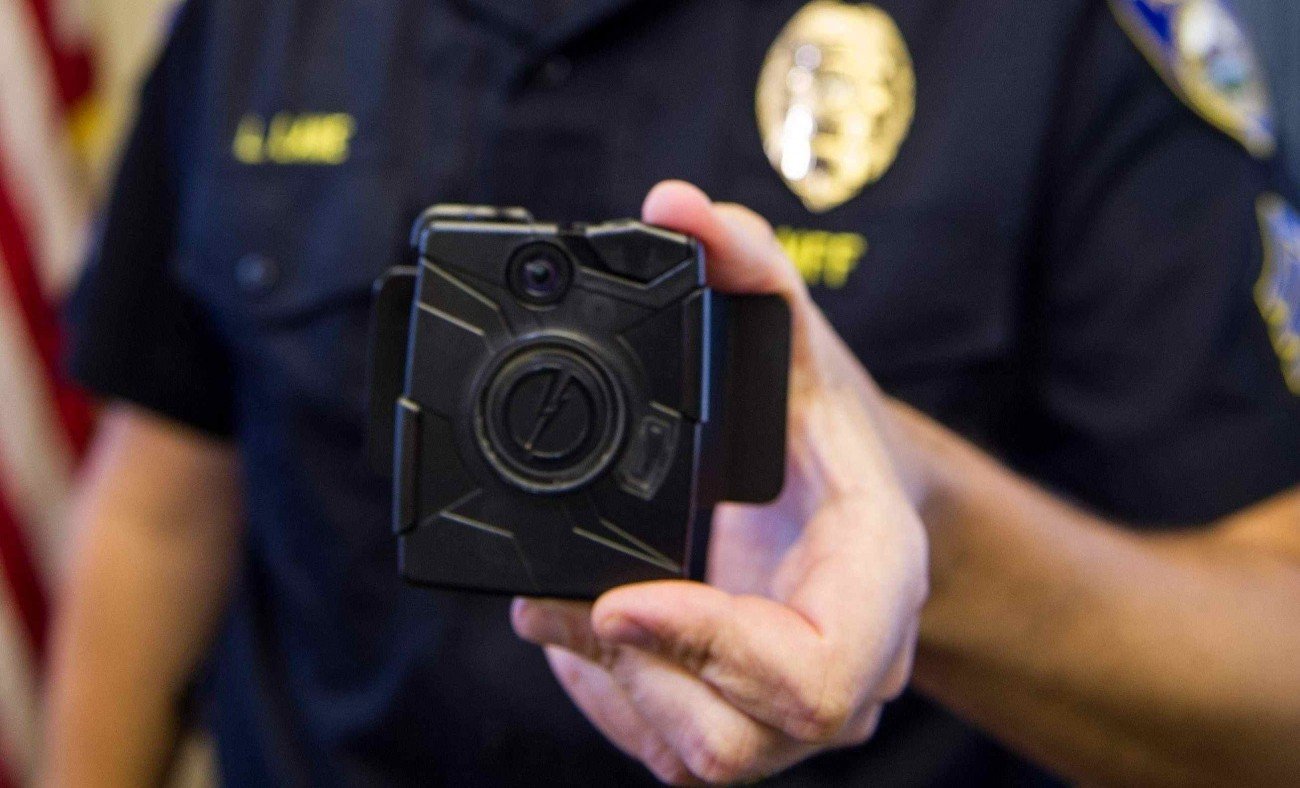In our post 9/11 world, there are millions of fixed security cameras recording public and private activity in every U.S. city every day. Add to that an army of private citizens wielding mobile devices and it’s safe to say that if something significant happens, it’s captured and uploaded to YouTube in seconds.
Recording police officers as they interact with the public is nothing new. Dashboard or in-car cameras (which automatically turn on when overhead lights are activated) have been around since the mid-90s. When last surveyed by the U.S. Bureau of Justice Statistics in 2007, dash cams were being used by sixty-seven percent of local police departments (roughly 71,000 cameras).
In today’s current climate of civil unrest, police departments around the country are weighing the pros and cons of recording their own video with body worn cameras. In doing so, they face tough decisions about cost, data storage, privacy concerns, and how to respond to requests for evidence.
Regardless of your position on the use of body worn cameras in police work, it’s a good idea to know the basics on this hotly debated topic. In part one of our two-part blog on body cameras we’ll take a look at their history as well as some thoughts for police departments considering them. Next week we’ll explore how they work and companies that make them.
Early Use of Body Cameras
Body cameras were first tested by Danish and UK police departments in 2005 and slowly gained acceptance in the years that followed. While Canadian Police did several trial programs in 2012, they have yet to widely adopt body cameras due to objections to their cost and privacy concerns for citizens. This year several large Canadian police units, including Toronto and Winnipeg, are conducting more body camera trials.
The United States began to look more seriously at this technology in 2014, including a promise from President Obama to spend $75 million in funding to outfit police departments across the country with body cameras.
A survey done late last year of police departments serving the 100 most populated U.S. cities revealed that forty-one police departments were using body cameras, twenty-five had plans to adopt them, and thirty did not use them at all. Major U.S. cities currently using body cameras include: Denver, Dallas, Miami, San Diego, Oakland, Atlanta and Detroit.
While they are considered expensive, ($599 for TASER’s Axon Flex, $399 for Axon Body) their rapid adoption is likely to continue throughout the next several years.
Considerations For Police Body Cameras
Just as technology for our mobile devices is constantly being improved and refined, so too will body camera technology. This first generation of products will likely undergo improvements in response to field use by thousands of officers over the next several years.
And like all technology – body cameras are not infallible. They must be turned on, their batteries must be charged, they can malfunction and just like dashboard cams – they only capture part of the story.
Then there’s the issue of storing thousands of hours of video evidence from thousands of police departments. We’re talking petabytes of data pouring into the cloud at an astounding rate.
This demand will likely spawn new companies and continue to provide steady business for cloud storage giants like Amazon Web Services (upon which TASER’s evidence.com was built). As a result, local governments will have to budget for and hire personnel to manage oceans of digital evidence. The costs to do so have been estimated at millions of dollars a year.
Finally, lawmakers, government bodies and local police departments will be kept busy drafting and implementing policies to train officers on how to use the cameras as well as respond to requests for video evidence in ongoing investigations.
Next Steps
- Sign up for our newsletter to stay up-to-date with the latest industry news
- Follow us on Twitter, Facebook or LinkedIn
- Download our Ultimate Guide to Bulletproof Glass and Bullet Resistant Barriers infographic


